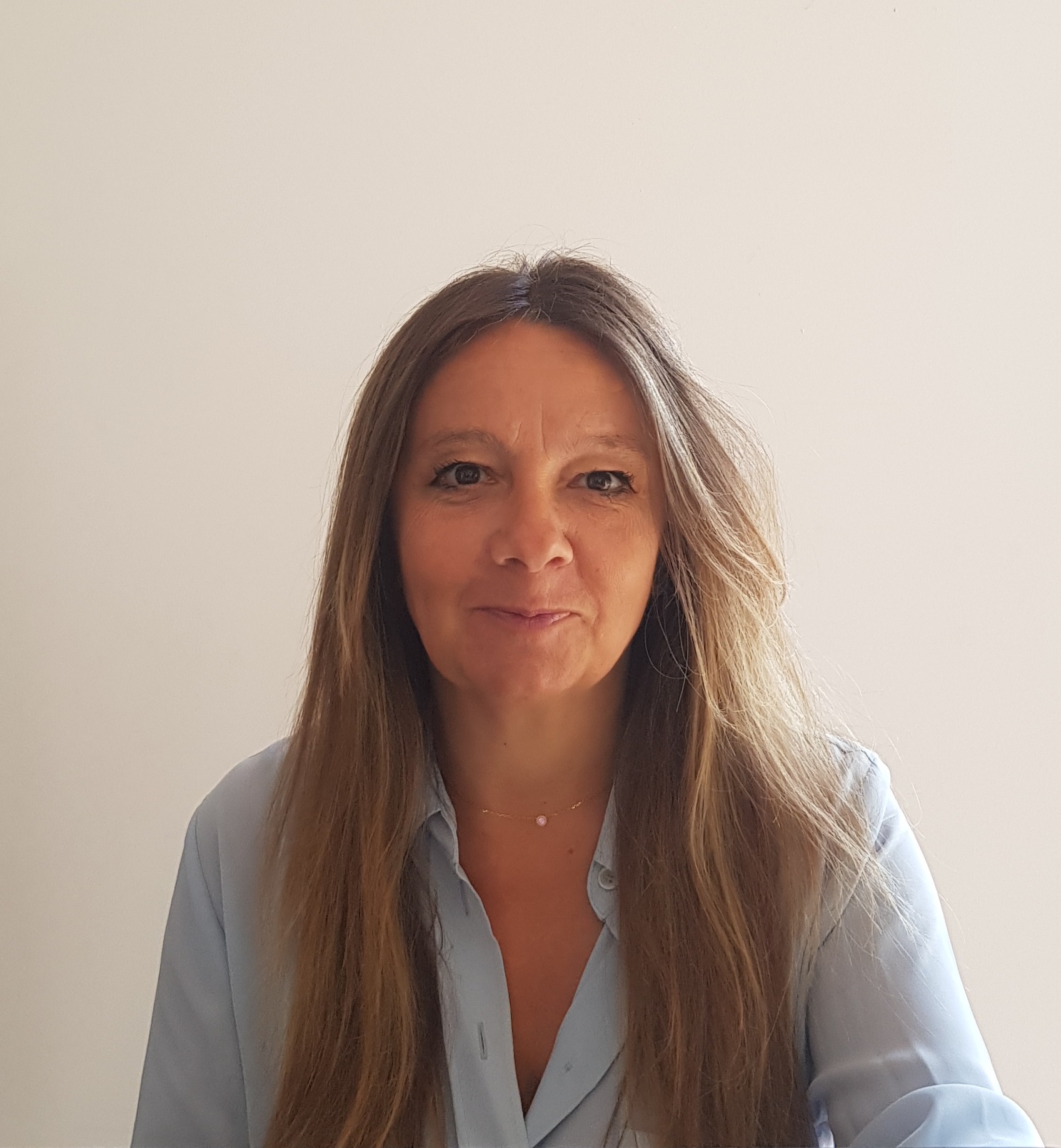

Docosahexaenoic acid (DHA) is an omega-3 polyunsaturated fatty acid (22:6) that is uniquely enriched in brain and retina and that is required for normal cerebral development for visual acuity and learning in human. Dietary intake of omega-3 fatty acids could prevent cerebral physiological disturbances linked with cognitive decline due to aging or neurodegenerative diseases. In this context, targeting the brain with DHA might offer great promise in developing new therapies for neurodegenerative diseases. A biologically relevant form to brain accretion is 1-lyso,2-docosahexaenoyl-glycero-phosphocholine (LysoPC-DHA). We designed a structured phospholipid, 1-acetyl,2-docosahexaenoyl-glycerophosphocholine (AceDoPC), a stabilized form of LysoPC-DHA, bearing DHA in sn-2 position and a short acyl group in sn-1 position, preventing DHA to migrate at the sn-1 position. Like lysoPC-DHA, AceDoPC allows efficient brain uptake of DHA. AceDoPC is neuroprotective in some models like experimental ischemic stroke. AceDoPC also exhibits anti-oxidative and anti-inflammatory effects and is a precursor of acetylcholine, the latter being of great interest in acetylcholine deficient diseases such as the Alzheimer’s disease and some acetylcholine-dependent neuromuscular disorders. We also showed that AceDoPC® enhanced neurogenesis of adult neural stem/progenitor cells, especially when the cells were subjected to pathological conditions of culture (oxygen glucose deprivation conditions as a model of stroke ischemia in vitro). It is concluded that AceDoPC® is a stable structured DHA-containing phospholipid which mimicks endogenous LysoPC-DHA by carrying DHA to the brain and which would allow potential preventive and therapeutic approaches for neurological diseases.
Nathalie Bernoud-Hubac is a Professor of Biochemistry at INSA-Lyon (France). She is Head of the “Mechanics, Lipidomics and Engineering for Health” team of Contacts and Structural Mechanics laboratory (LaMCoS) (a mixed unit of INSA/CNRS Research) and she is the director of a Functional Lipidomics Platform (Institute for Multidisciplinary Biochemistry of Lipids, IMBL/LaMCoS –INSA Lyon). The main objectives of the Mecalips team are to better understand the pathophysiological mechanisms of chronic diseases (from molecular to macroscopic scales), to detect early pathological dysfunctions combining biochemistry and biomechanics technics and to develop new strategies for prevention and control of these chronic diseases via bioengineered structured lipids. The pathologies targeted are mainly pulmonary, vascular, articular and neurological pathologies. Her research interests span both lipids and human health. More specifically, her work focuses on omega-3 polyunsaturated fatty acids, especially docosahexaenoic acid (DHA) that is uniquely enriched in brain and that is required for normal cerebral development and learning in human. Deficiency in DHA level in the brain is linked with emergence of neurodegenerative diseases. Efficient delivery of DHA into the brain is therefore necessary to prevent brain dysfunction. Her current research examines the brain targeting with structured phospholipids containing DHA and the potential of these molecules as neuroprotective agents.